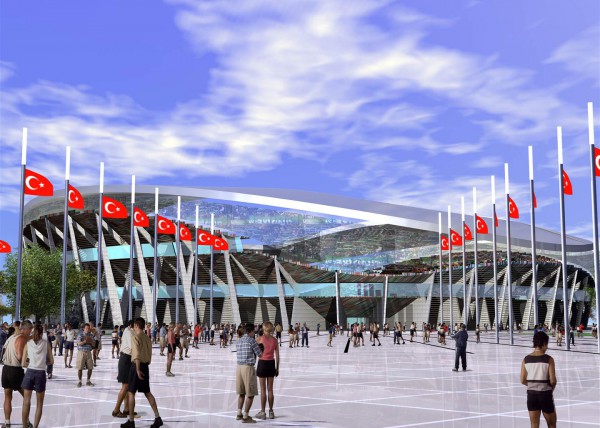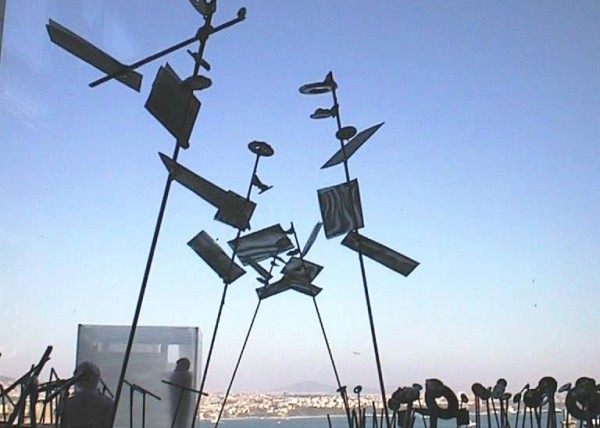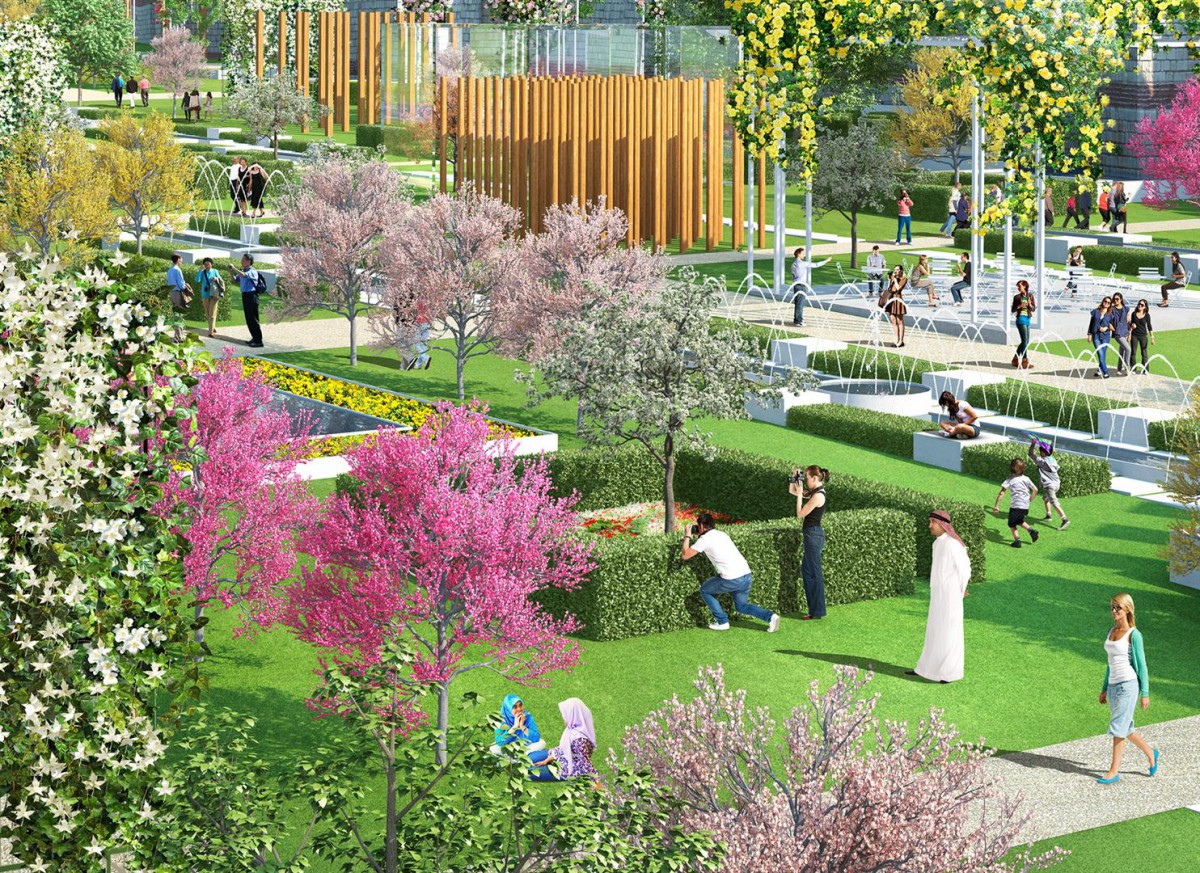 -M-landscapedesign-architecture-parkdesign-ecologicarchitecture-ecologicaldesign-historicalwalls-tarihiyarımada-historicalpeninsula-tarihisurlar (2)
-M-landscapedesign-architecture-parkdesign-ecologicarchitecture-ecologicaldesign-historicalwalls-tarihiyarımada-historicalpeninsula-tarihisurlar (2)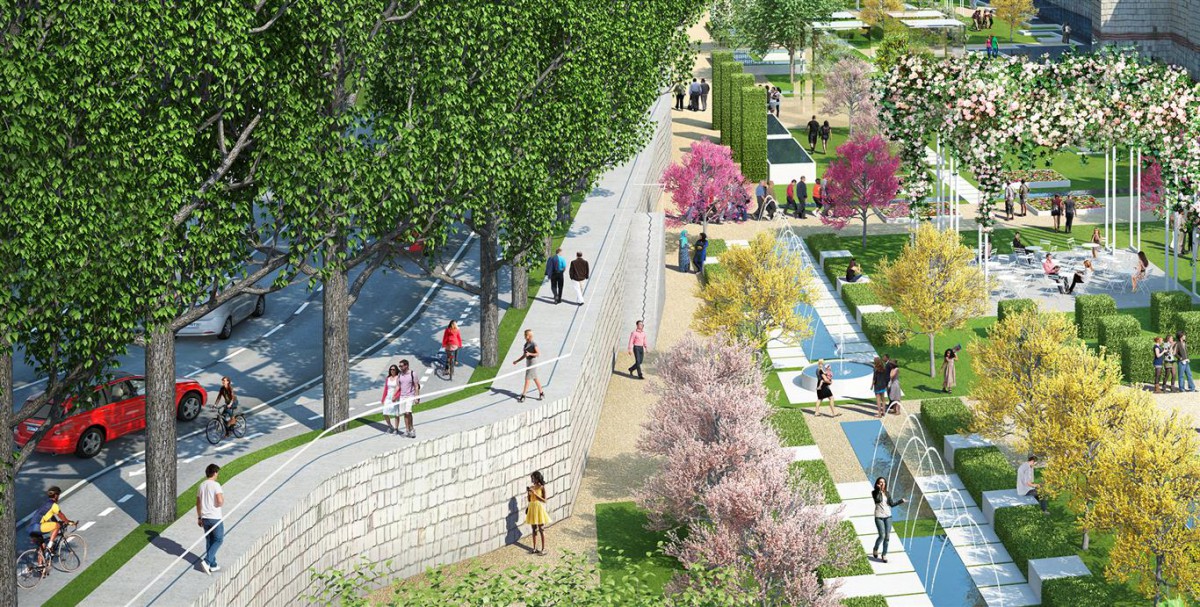 landscapedesign-architecture-parkdesign-ecologicarchitecture-ecologicaldesign-historicalwalls-tarihiyarımada-historicalpeninsula-tarihisurlar (1)
landscapedesign-architecture-parkdesign-ecologicarchitecture-ecologicaldesign-historicalwalls-tarihiyarımada-historicalpeninsula-tarihisurlar (1)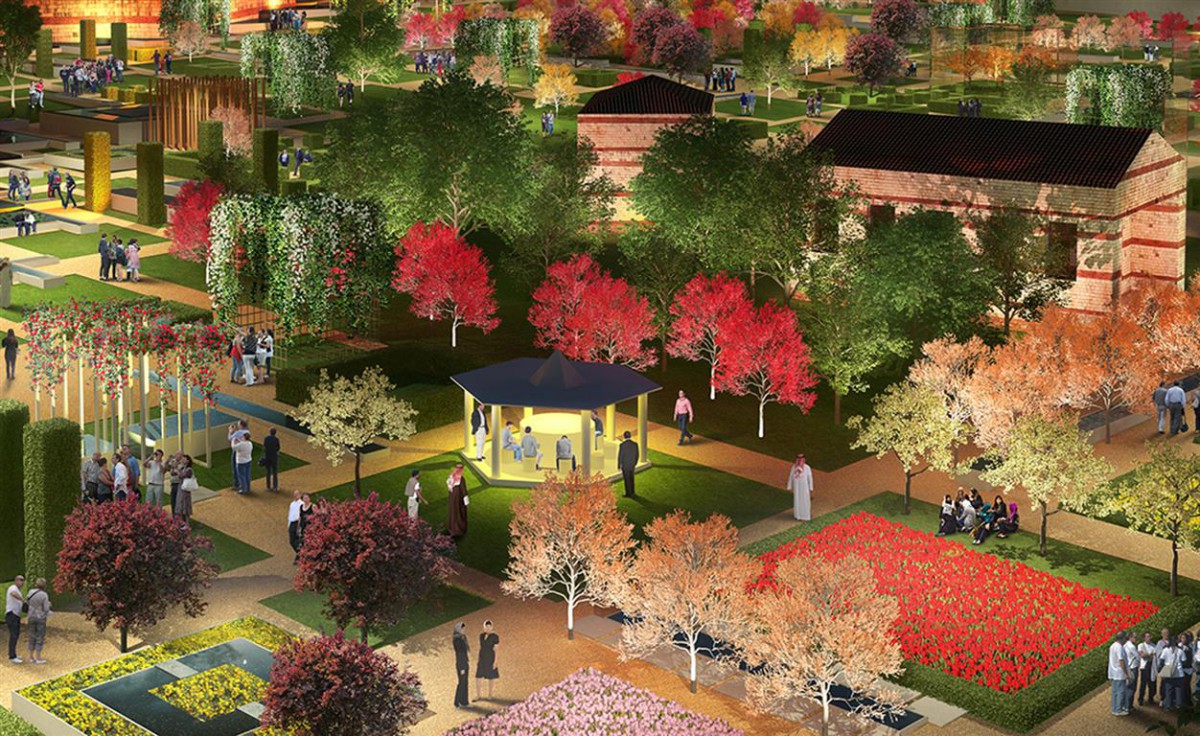 landscapedesign-architecture-parkdesign-ecologicarchitecture-ecologicaldesign-historicalwalls-tarihiyarımada-historicalpeninsula-tarihisurlar (3)
landscapedesign-architecture-parkdesign-ecologicarchitecture-ecologicaldesign-historicalwalls-tarihiyarımada-historicalpeninsula-tarihisurlar (3) landscapedesign-architecture-parkdesign-ecologicarchitecture-ecologicaldesign-historicalwalls-tarihiyarımada-historicalpeninsula-tarihisurlar (4)
landscapedesign-architecture-parkdesign-ecologicarchitecture-ecologicaldesign-historicalwalls-tarihiyarımada-historicalpeninsula-tarihisurlar (4)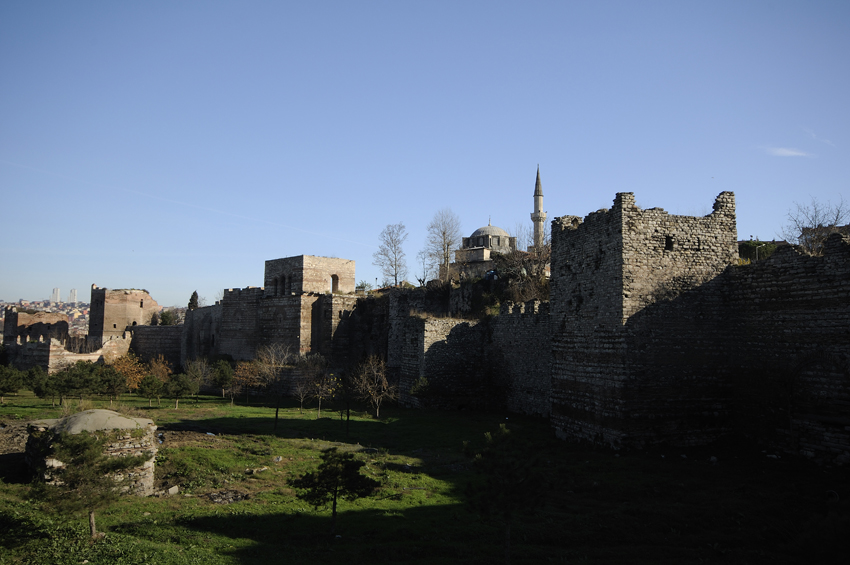 Anemas-Zindanları
Anemas-Zindanları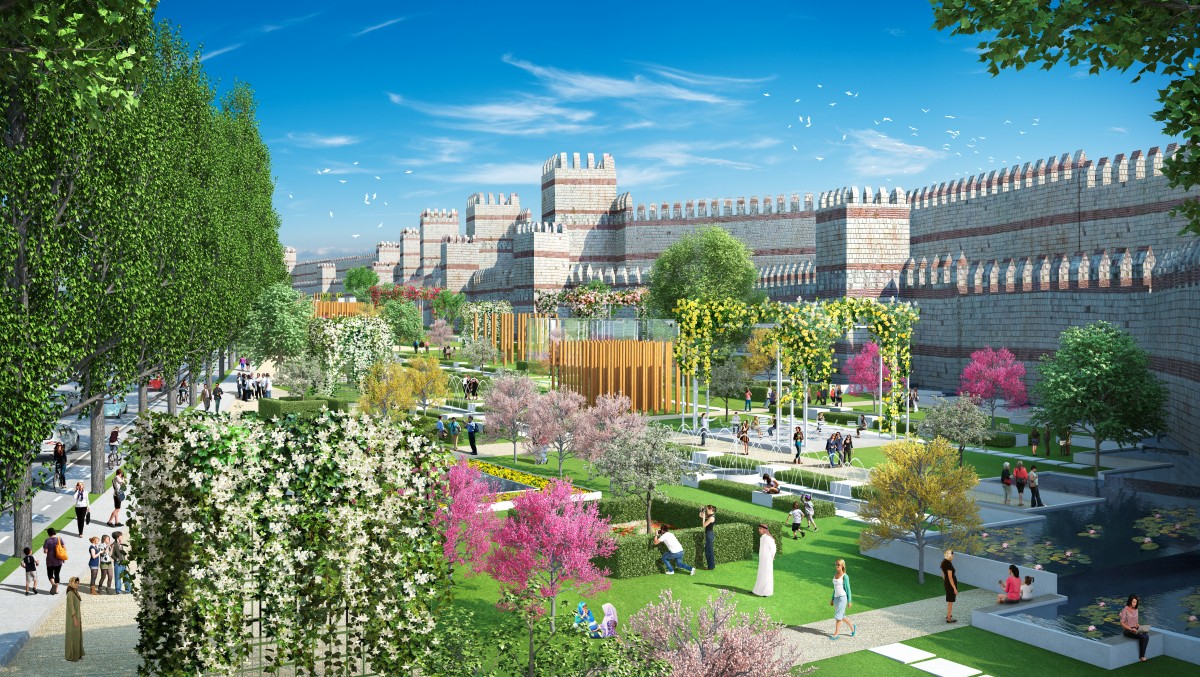 1_post
1_post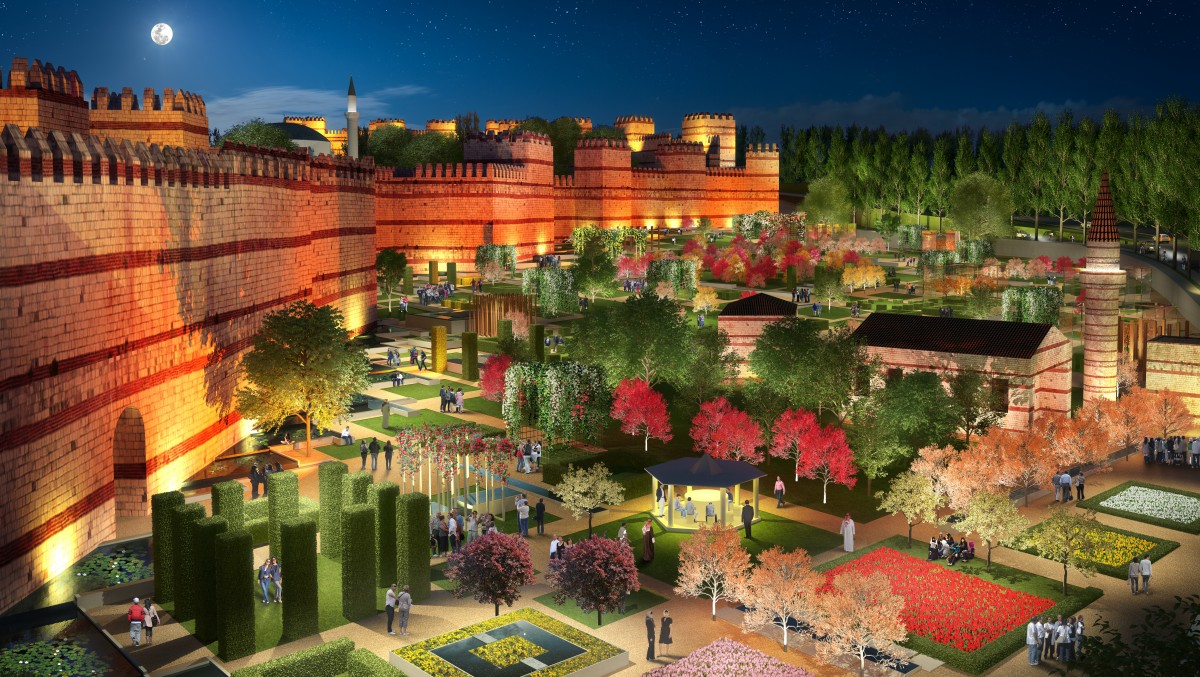 4_post copy-2
4_post copy-2 L1100805
L1100805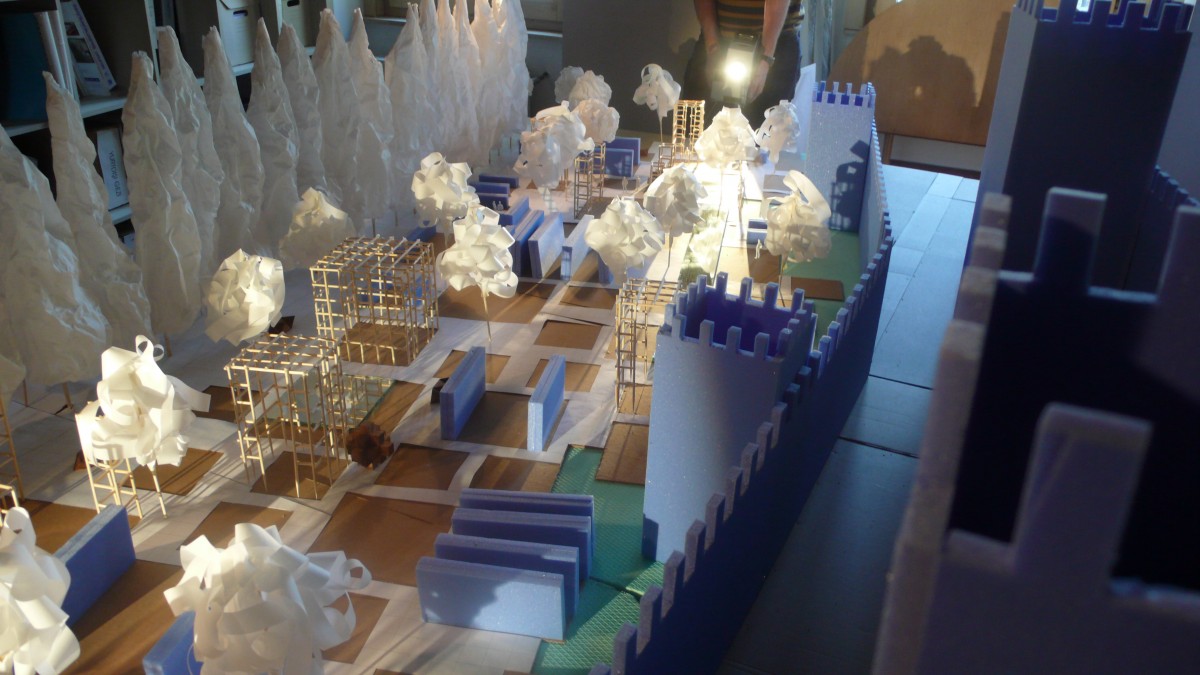 L1100866
L1100866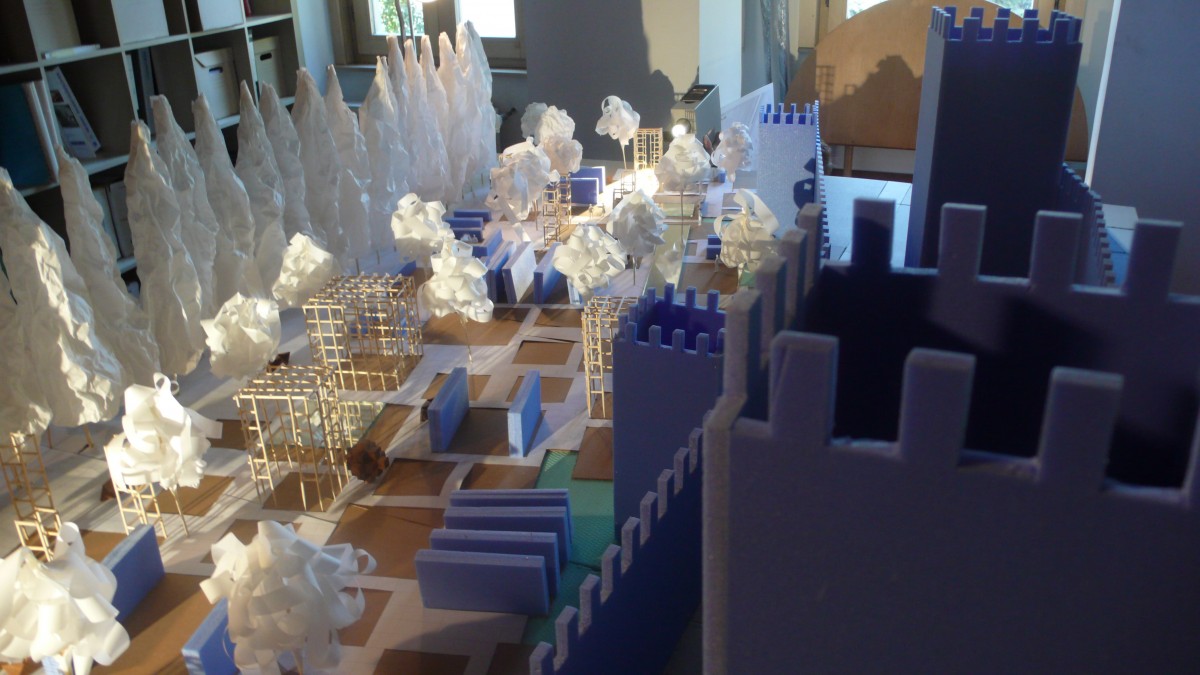 L1100871
L1100871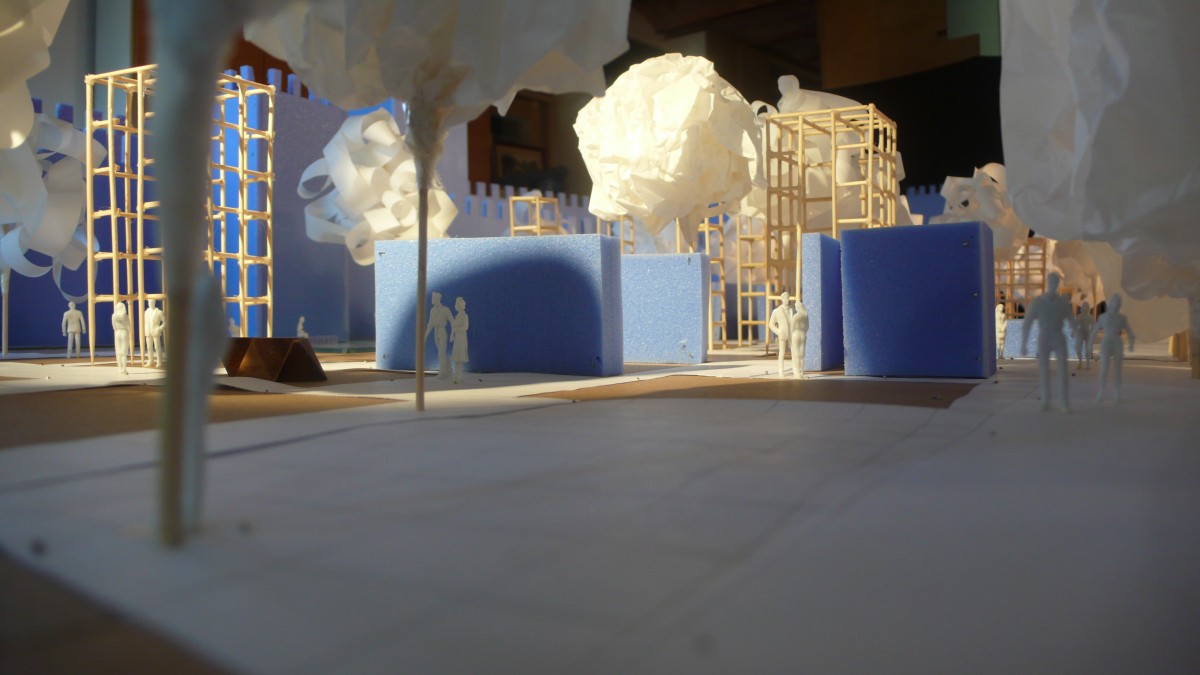 L1100839
L1100839
In the vibrant tapestry of Istanbul’s rich history, the concept of integrating landscape design in front of historical walls would undoubtedly evoke a contemplative response in the mind of Le Corbusier. The confluence of East and West, antiquity and modernity, would inspire an architectural vision that pays homage to the city’s layered past while embracing the progressive ideals of the present.
For Le Corbusier, the landscape design before historical walls in Istanbul would be a symphony of geometric precision and organic fluidity. The city’s iconic walls, steeped in centuries of narratives, would serve as the stoic backdrop against which the choreography of nature unfolds. The landscape, in his visionary mind, becomes a canvas to frame and accentuate the historical narrative, a living extension that breathes new life into the time-worn stones.
Geometry, a cornerstone of Le Corbusier’s design philosophy, would find resonance in the layout of pathways, plazas, and green spaces. The interplay of lines and planes would be a nod to the modernist principles he held dear, creating an ordered rhythm that complements the historical context without overshadowing it. The careful alignment of architectural elements and greenery would evoke a sense of balance and proportion, contributing to a harmonious dialogue between the man-made and the natural.
Le Corbusier’s fascination with light and shadow would be heightened against Istanbul’s historical walls. The play of sunlight on carefully chosen surfaces and the interplay of shadows cast by thoughtfully placed vegetation would become integral components of the design. The landscape would not merely be an accessory but a dynamic partner, contributing to the ever-changing visual narrative of the site.
In Istanbul, a city where East meets West and tradition meets modernity, Le Corbusier’s approach to landscape design would extend beyond the aesthetic. Sustainability and functionality would be paramount. The integration of native plantings, water features, and environmentally conscious design elements would not only enhance the visual appeal but also underscore the importance of ecological balance.
In the mind of Le Corbusier, the landscape design before historical walls in Istanbul becomes a poetic endeavor—an architectural sonnet that transcends time, inviting inhabitants and visitors alike to partake in the unfolding dialogue between the city’s storied past and the contemporary vision of its future.
#HistoricalWallsDesign
#IstanbulLandscapes
#TimelessTerrain
#WallsofHistory
#GreeningHistory
#IstanbulGardens
#HistoricVistas
#LandscapeLegacy
#WallsAndGreenery
#EternalIstanbul
#UrbanOasis
#HistoricalSerenity
#GreenWallsIstanbul
#PastMeetsPresent
#WalledGardens
#HeritageHarmony
#IstanbulHeritageScapes
#AncientWallsModernDesign
#SustainableHistory
#IstanbulBlossoms




























































































